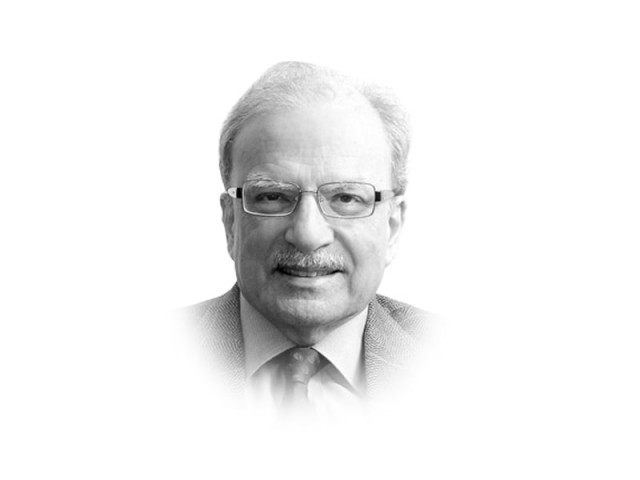One more development bank
The establishment of the Fortaleza twins reflects the sharply different interests of the BRICS group of countries.

The BRICS stand for Brazil, Russia, India, China and South Africa. Two years ago, they floated the idea of establishing a new development bank they could control. That would better serve their interests. It would not be subject to the kinds of policy constraints under which the IMF and the existing development banks had to operate. The BRICS leaders set up a task force to develop the modalities of the institution. The group, after considerable debate, submitted a proposal to the Sixth BRICS summit held at Fortaleza, a city in the northeast of Brazil. The meeting attended by the heads of state and government of the five countries approved the proposal. Instead of setting up one institution as originally proposed, it decided to create two – a development bank to be called the New Development Bank (NDB) and a financial emergency relief fund named the Contingency Reserve Arrangement (CRA). In other words, it adopted the model developed at Bretton Woods in 1944 by the countries that were about to win the European part of the Second World War.
It has been said that the large emerging markets, by creating the Fortaleza twins, were posing various kinds of challenges to the existing international economic order. This was dominated by the United States for 70 years. But with the perceived economic and political decline of the United States, there was an opportunity to dilute the power of the industrial world. The BRICS economic and financial institutions were seen as one way of announcing the arrival of a large economic bloc in the global system. After all, the five BRICS nations had one half of the world’s population and one quarter of the global product. However, the BRICS concept put forward by Goldman Sachs in 2001, the consulting firm, grabbed public attention partly because of a catchy acronym. What also mattered was the fact that the BRICS nations were growing at rates considerably higher than the rate of growth of Western nations. Since then, the average rate of GDP increase for the BRICS has dropped to one-half compared with the time the concept was defined, but the old economies were also suffering. The wide growth gap between the old and the new has not narrowed.
The NDB, with its headquarters in Shanghai and to be led by a yet-to-be named Indian, was to start business with $50 billion in capital. It is expected that the NDB’s capital base will increase to $100 billion when other emerging countries are invited to join the original cluster. This institution will focus on two development sectors -- infrastructure and sustainable development.
The CRA had pledges of $100 billion, which would become available to member countries in case they were faced with financial distress. The CRA is not a fund in the sense that the term has come to be understood in the context of the IMF. It is a tangle of foreign reserves ($41 billion from China, $18 billion each form Brazil, India and Russia and the remaining $5 billion from South Africa). What drew attention to the Fortaleza decision was the claim that the BRICS had created a new global economic and financial order to rival the one set up at Bretton Woods.
The establishment of the Fortaleza twins reflects the sharply different interests of the BRICS group of countries. Among them, China and India will likely pursue conflicting objectives in the NDB and CRA. China, with more than $4 trillion in liquid foreign exchange reserves, is anxious about the assets it acquires with such a large amount. This is 40 per cent of the total global reserves estimated at a bit more than $10 trillion. At the moment, some 70 per cent of Chinese reserves are invested in the United States, most of it in Treasury bills. Beijing has set up a sovereign investment fund of its own, which is providing capital for both Chinese and foreign projects and acquisitions. The NDB is another vehicle for diversification. It will provide multilateral cover (which means guarantees) for the investments it makes in the economies of emerging nations.
India needs a trillion dollars of new investment in the five-year 2012-17 period. It is required to improve its economy’s physical infrastructure. Without this kind of capital outlay in the twelfth five- year plan, it will not be able to regain the growth momentum generated after the reforms of the 1990s. Can these differences be bridged between the two largest founding members of the new institution? This question will need to be answered as the two institutions begin their operations.
Published in The Express Tribune, August 4th, 2014.
Like Opinion & Editorial on Facebook, follow @ETOpEd on Twitter to receive all updates on all our daily pieces.















COMMENTS
Comments are moderated and generally will be posted if they are on-topic and not abusive.
For more information, please see our Comments FAQ